The trail starts in Melides, a coastal area near the Atlantic Ocean. In this section, you’ll see large heathlands with pine and eucalyptus forests, along with flat areas used for growing rice.
As you ride north, you’ll enter Carvalhal, which has a 30-kilometer-long coastline with many beautiful beaches. The region is mostly made up of sand dunes with shrubs, pine forests, and marshes. You’ll also see rice fields next to salt marshes and areas where sweet potatoes are grown among the dunes.
Part of the dune and marsh areas are protected in the Sado Estuary Nature Reserve because they have diverse plants and animals. You can see various bird species here, including flamingos that turn the estuary pink during colder months. There’s also a group of bottlenose dolphins living in these waters. White storks are another notable bird species, often building nests in church towers and tall chimneys.
In addition to the natural beauty, you can explore some historical and architectural sites, such as the Roman Ruins of Troia, the palafitic pier, and the traditional thatched huts of Carrasqueira.
The trail ends in Setúbal, a city situated between the River Sado and the Serra da Arrábida mountains. To get there, you’ll take a ferry across the Sado River.
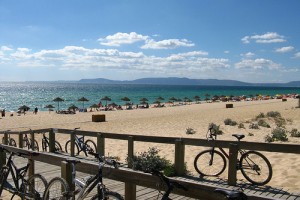
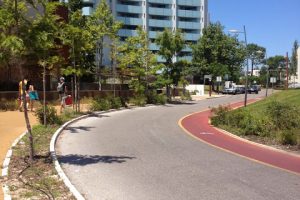
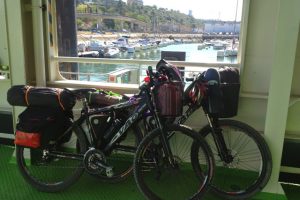
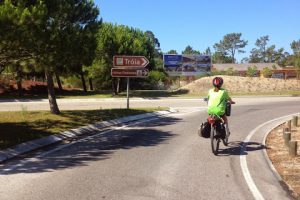
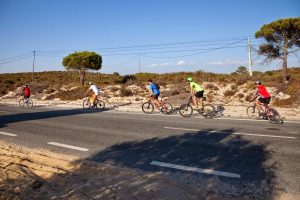
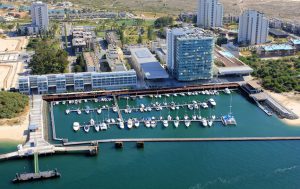
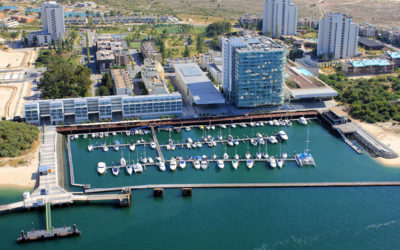
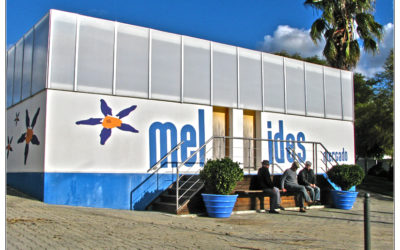
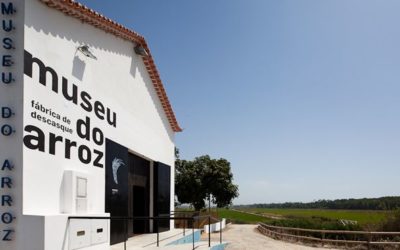

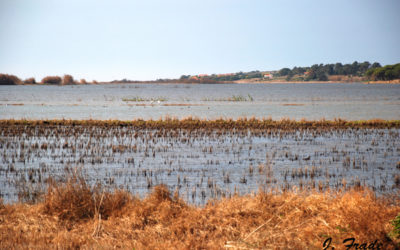
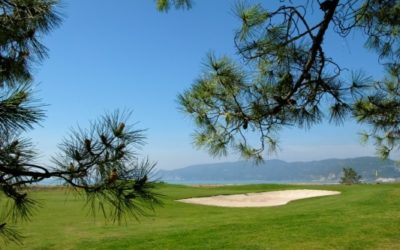
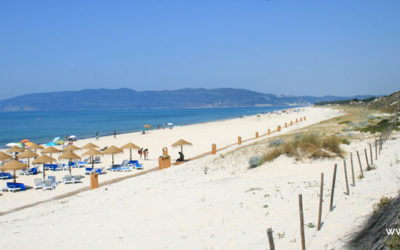
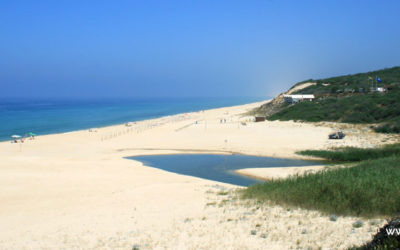
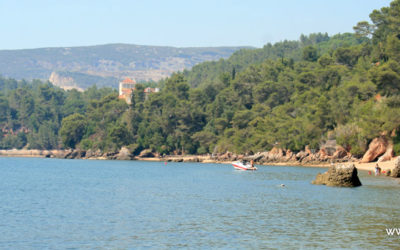
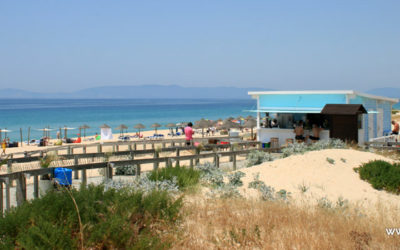
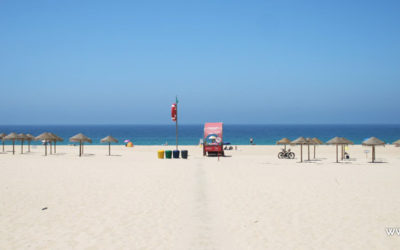
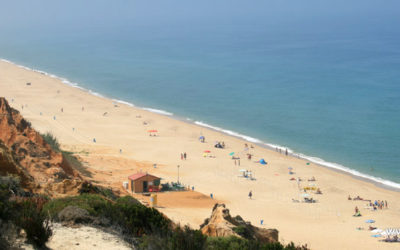
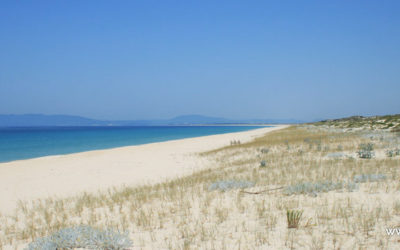
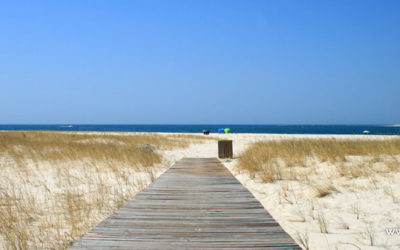
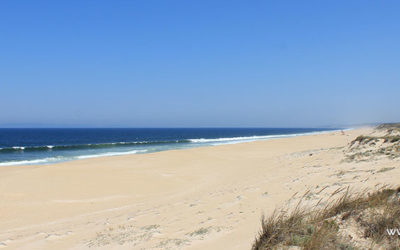
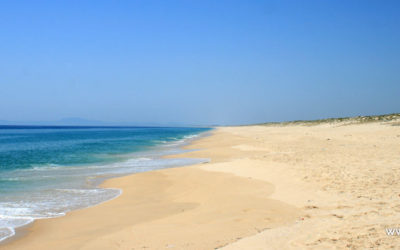
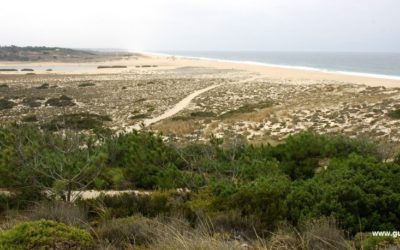
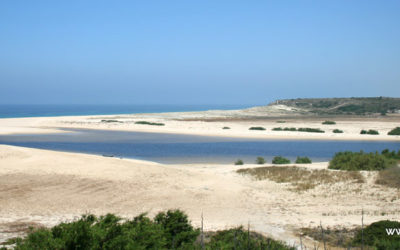
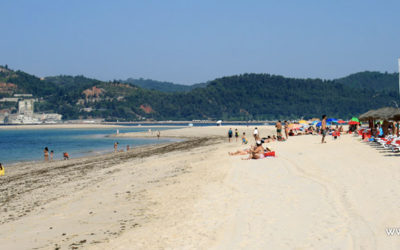
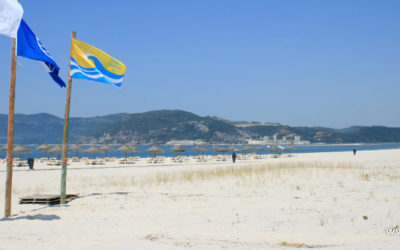
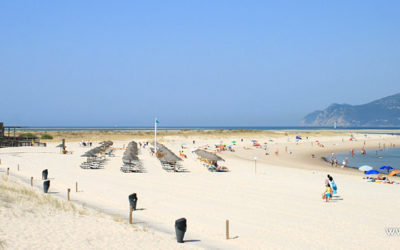
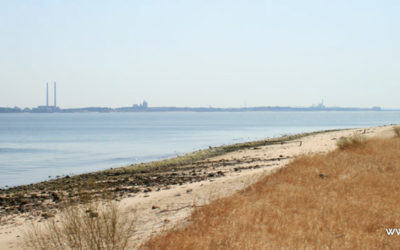
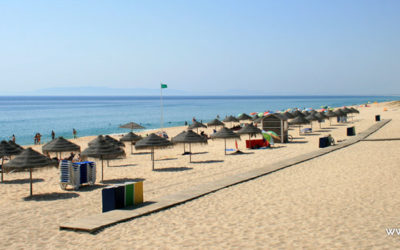
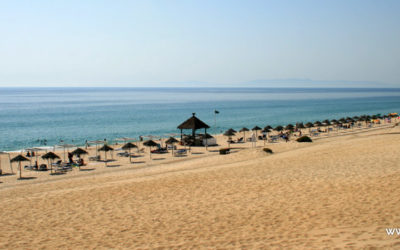
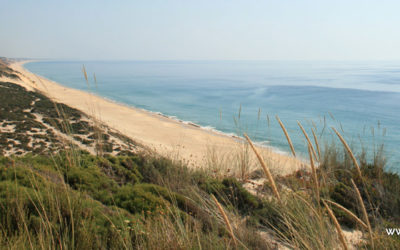
Comments: Section 12